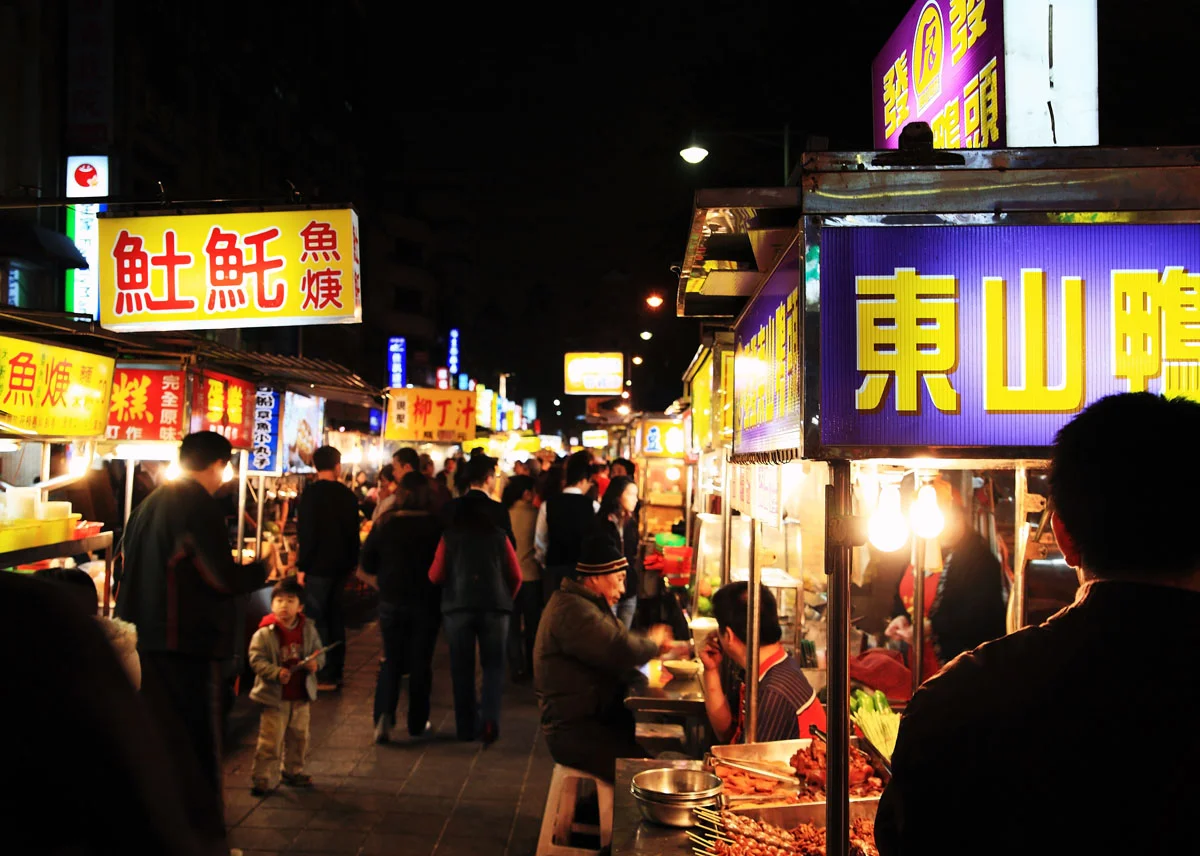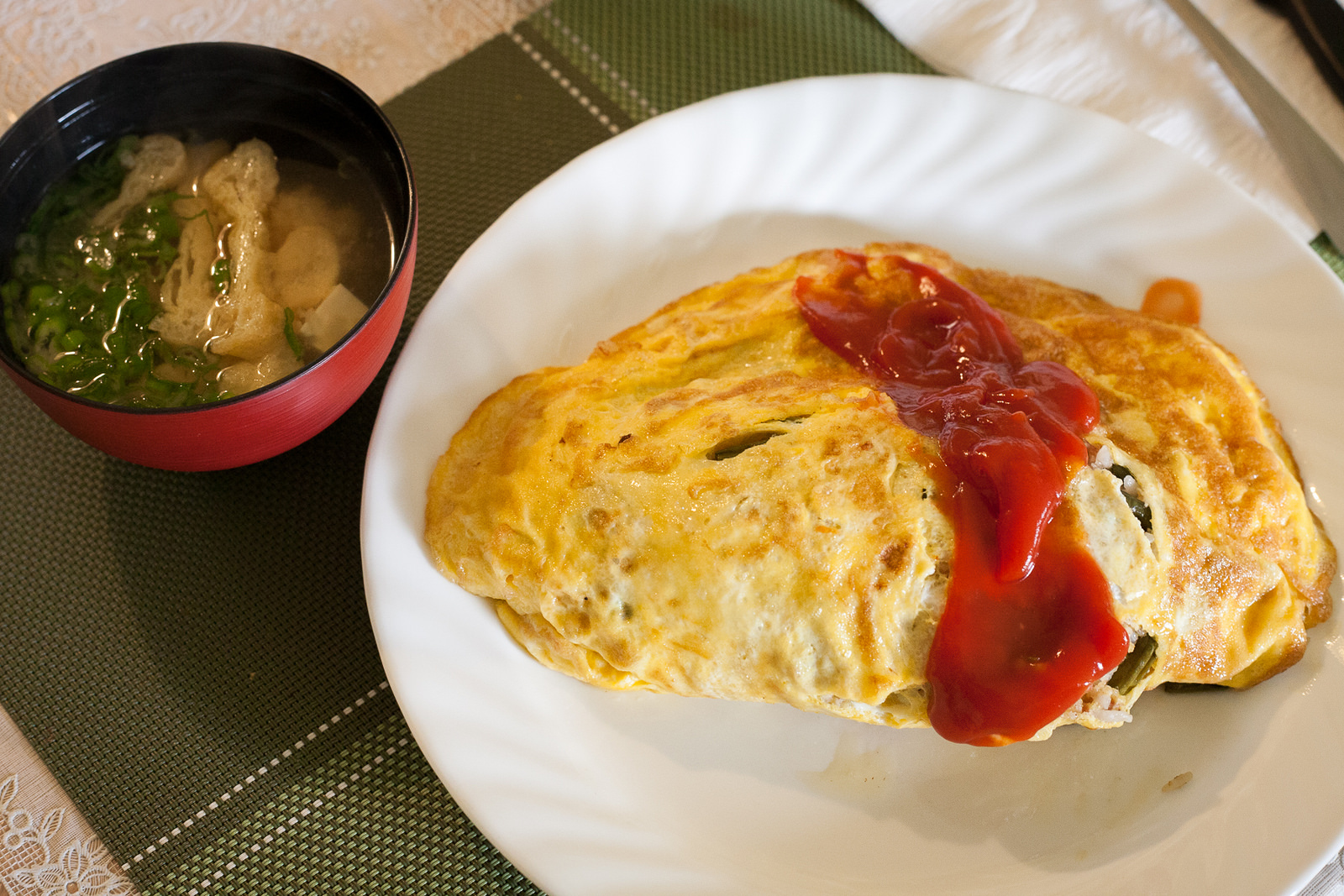What Your Kids Should Eat in Taipei
/Stay up late for the night markets!
The food scene in Taiwan is energetic and ever-evolving, and to North American family travelers, both welcomingly familiar and shockingly odd. What a great place to explore!
The island’s diversity of physical environments and growing climates in such a compact size gives families and cooks a nearly-unlimited range of fresh ingredients to experiment with. And the many waves of human settlement on the island each brought a unique set of food sources and cooking techniques: aboriginal people with Pacific Island influences; early Chinese imperial colonists; the Portuguese; Japanese invaders and settlers; and the mass relocation of Nationalists. And Taiwan’s location on the ocean trade lanes brought influences from Southeast Asia, Korea, the Philippines, North America, and Europe.
In this small island, families combined and shared recipes, and altered them to use what was in season or what came off the latest ship. And while Taipei eventually grew into a large city, it wasn’t so large that different schools of cuisine could operate independently of each other – everyone influenced everyone. So Taiwan’s flavors have recognizable signatures of other countries’ foods, but combined and interpreted in new ways.
As you tour the city’s food courts and night markets, keep your senses open for some of these:
Image by Ray Yu via Flickr, CC 2.0 license
Beef Noodle Soup (Niu Rou Mian)
This was one of the first things I ate on my first trip to Asia, and I’ve been in love with it ever since. On Taiwan and in northern China, it’s the emotional equivalent of your family’s chicken-soup recipe, a comfort food that is simple but requires a lot of time and care to do well. The beef is simmered in the broth for hours, with five-spice and soy and vegetables so that the liquid is smooth and dark and rich, and the meat falls apart in your spoon. The thick wheat noodles are chewy and filling. (I use udon when I try to make it at home.) If there was one favorite dish on the island, this would be it.
Image by manda_wong via Flickr, CC 2.0 license
Green Onion Pancake / Scallion Pancake
Super-flaky, chewy, and savory, it can be folded and eaten on the go or as a side to soup. But it can also wrap around eggs and meat like a breakfast burrito. (I haven’t seen it served with syrup and bacon on the side, but suspect it would taste good that way too…)
Image by Ron Dollete via Flickr, CC 2.0 license
Gua Bao
The dough is the same as the fully-enclosed, pillowy Bao you get on the mainland, but the approach on Taiwan is to make them open-faced so it’s easier to add a fresh-off-the-skillet tender pork belly with sweet sauce, garnished with cilantro, mustard greens, and ground peanuts. In the mornings you can get them with eggs and beef, too!
Braised Pork Rice (Lurou Fan)
Another great comfort food, this is exactly what you want to have on a rainy or cool day. This is also a festival food, especially at New Year, and as a bonus, it brings good luck to new mothers! The long-cooked sausage and mushrooms mix so well with the sticky rice and soy sauce, rice wine and sesame oil to make a chewy, sweet, satisfying bowl of nothing less than a grandmother’s love.
Image by Nabeelah Is via Flickr, CC 2.0 license
Boba Tea
This is Taiwan’s most famous food export, and franchised hometown chains like Chatime have spread across North America. You can get it any way you like it in Taipei and in dozens of ways you’ve never imagined, with all sorts of flavors and toppings. Plenty of fruit- and dairy-based drinks are on tap as well, since your kids won’t need the caffeine.
Image by bryan... via Flickr, CC 2.0 license
Popcorn Chicken (also called Salt & Pepper Chicken)
“Now wait. We have plenty of fried chicken back in the States.” Ah, but have you had it made with Taiwanese sweet-potato flour and chilies, twice-fried with basil leaves? Fried chicken is beloved all over East and Southeast Asia, too, and this is a preparation you’ll want to try when you get back home.
Image by LWYang via Flickr, CC 2.0 license
Sausage-in-Sausage
The name makes it sound as if this was some kind of “turducken” creation, but it’s just cute branding: it’s really a Taiwanese hot dog! A snappy grilled Chinese pork sausage gets a variety of toppings, and goes into a “bun” of grilled sticky rice.
Image by jepgo via Flickr, CC 2.0 license
Ice Cream Spring Rolls
You may have seen those Thai rolled ice cream stands, but this is another step further and off to the side… They use the chewy, translucent, rice flour wrappers you know from your Vietnamese restaurant and roll different flavors of ice cream into them, burrito-style. You can hold ice cream in your hand without a cone!
Image by sstrieu via Flickr, CC 2.0 license
Pineapple Cake
Unlike the Pineapple Buns from Hong Kong, these snack-sized cakes actually have real pineapple fruit filling inside. Yummy as a travel treat or as part of a sit-down dessert. (You can also find them with melon or egg-yolk fillings.)
Image by Connie via Flickr, CC 2.0 license
Mango Shaved Ice (Baobing)
Even in the winter months, fresh sunny mango is ever available for a citrus rush, and in the summer heat, the cool sweetness is so refreshing. You may have had amazing shaved ice in Hawaii, but they add condensed milk to it here for surprising creaminess.
Do you have other foods to suggest? Great family-friendly and accessible restaurants to recommend? Please comment below, or drop us a note on Twitter at @weninchina!
Header photo by Aiko99ann via Wikimedia Commons, CC 3.0 license.
Many people have much to say about food:
http://www.cnn.com/travel/article/40-taiwan-food/index.html
https://www.englishintaiwan.com/life-in-taiwan/food-drink-snacks-cuisine
https://en.wikipedia.org/wiki/Taiwanese_cuisine
https://m.justgola.com/blog/top-27-must-try-food-in-taipei_1-86
https://thepointsguy.com/2016/01/foods-to-try-in-taiwan/
https://www.skyscanner.com.sg/news/inspiration/what-to-eat-in-taipei-10-must-try-taiwanese-foods/
http://thesmartlocal.com/read/scoot-to-taipei
http://flavorverse.com/taiwanese-foods/
https://jetsettimes.com/2014/12/03/50-foods-in-taipei-you-need-to-eat-or-at-least-try/
http://blog.tutorming.com/expats/taiwanese-night-market-snacks-food-must-eat
And check these weninchina articles and resources:
Wordsearch activity page - What Your Kids Should Eat - Taipei
3 Easy Ways to Save Money on Family Meals in Asia






































